So you want to learn all the candlestick types, huh?
Smart choice.
Distinguishing between the different types of candlesticks is a useful skill all traders should master.
In this Glossary of Japanese Candlestick Types, we’ll go over all of the different kinds of candlesticks and what they mean. But we’ll also touch on when they matter and when they don’t, and why the picture a single candlestick gives is incomplete.
But we know what you came here for, so let’s jump right into the types.
Types of Candlesticks
Candlesticks come in a truly infinite number of shapes and sizes.
However, there are several types that have earned names over time. There are also several ways to categorize those types.
Some may try to group them into bullish candlesticks, bearish candlesticks, or neutral candlesticks. Others may try to group them based on whether they may signal reversal, continuation, or consolidation.
We prefer the categorization with the least implied bias.
- Short Line
- Long Line
- Hammer
By sticking to a system based solely on the shape of the candlestick, we don’t fall into the trap of taking any single candle too seriously.
Not to mention, there are plenty of times when nondescript candles matter.
That’s not to say that the types aren’t important. After all, they earned names for a reason. It’s just to emphasize that the shape of a candle means little without context.
Bearish Belt Hold
A bearish belt hold (or “yorikiri”) is a long candlestick with no upper shadow and a short lower shadow.
It indicates that the open and high prices match and are far above the close and low prices. In trading terms, a bearish yorikiri shows that the price dropped from the open considerably and closed near the low for that time period.
Bearish belt holds paint a picture of near-total dominance for the bears. On the chart, it looks like non-stop price movement for an entire period. With such a large body, the color of the candle always stands out. You can almost hear the bulls crying, “Please, no more!” while the bears cheer, “We’ve got them on the ropes!”
Technical Specifications:
Technically, bearish yorikiri should not have an upper wick at all. Some traders may even attempt to assign criteria to the length of the body or lower wick. For most though, this is total overkill.
In addition:
Some traders contend that it’s not officially a bullish belt hold unless it appears at the end of a downtrend, signaling a bullish reversal—which would make it more of a multi-candlestick pattern.
Sentiment: Strong Bearish
Look for Them During
- Volatile Periods
- Trending Moves
- Reversals
Related Candlesticks
- Opposite of the Bullish Belt Hold
- Subtype of Long Candlestick
- Similar to Marubozu
Read our full breakdown of Bearish Belt Hold Candlesticks.
Bullish Belt Hold
A bullish belt hold (or “yorikiri”) is a long candlestick with a short upper shadow and no lower shadow.
It indicates that the open and low prices match and are far below the close and high prices. In trading terms, a bullish yorikiri shows that the price rose from the open considerably and closed near the high for that time period.
Bullish belt holds paint a picture of near-total dominance for the bulls. On the chart, it looks like non-stop price movement for an entire period. With such a large body, the color of the candle always stands out. You can almost hear the bulls cheering, “We’ve got them on the ropes!” while the bears cry, “Please, no more!”
Technical Specifications
Technically, bullish yorikiri should not have a lower wick at all. Some traders may even attempt to assign criteria to the length of the body or lower wick. For most though, this is total overkill.
What’s more:
Some traders contend that it’s not officially a bullish belt hold unless it appears at the end of a downtrend, signaling a bullish reversal—which would make it more of a multi-candlestick pattern.
Sentiment: Strong Bullish
Look for Them During
- Volatile Periods
- Trending Moves
- Reversals
Related Candlesticks
- Opposite of Bearish Belt Hold
- Subtype of Long Candlestick
- Similar to Marubozu
Read our full breakdown of Bullish Belt Hold Candlesticks.
Doji
A doji is a candlestick without a real body.
It indicates that the open and close prices are the same, regardless of the total trading range. In trading terms, a doji candle signals indecision.
Doji paint a picture of a crossroads. Without a candle body, the trading range (wick-to-wick) usually stands out most. On the chart, it looks like a price action tug-o-war. Some doji do give a directional bias. However, most of them send the message that “it could go either way.”
Technical Specifications
Technically, doji should have the exact same opening and closing prices. In practical application though, “perfect” doji are comparatively rare. If the body is insignificant, you can treat it like a doji (though it may technically be a spinning top or similar).
Sentiment: Neutral/Indecision
Look for Them During
- Market Indecision
- Reversals
- Trending Moves
- Volatile Periods
Related Candlesticks
- Parent Type of Dragonfly Doji
- Parent Type of Gravestone Doji
- Parent Type of Long-Legged Doji
Read our full breakdown of Doji Candlesticks.
Dragonfly Doji
A dragonfly doji is a candlestick with no real body, no upper shadow, and a long lower shadow.
It indicates that open and close prices are the same and at the top of the trading range. In trading terms, a dragonfly doji candle signals bullish momentum.
Dragonfly doji paint a picture of potential lift off. Without a candle body, the long lower wick usually stands out most. On the chart, it looks like the bulls are ready to win the tug-o-war. Meanwhile, the bears cling on for dear life crying, “Not yet!”
Technical Specifications
Technically, doji should have the exact same opening and closing prices. In practical application though, “perfect” dragonfly doji are comparatively rare. If the body is insignificant, you can treat it like a doji (though it may arguably be a hammer or similar).
Sentiment: Strong Bullish
Look for Them During
- Bottoming Formations
- Reversals
- Trending Moves
- Volatile Periods
Related Candlesticks
- Subtype of Doji
- Opposite of Gravestone Doji
- Similar to Hammer
Read our full breakdown of Dragonfly Doji Candlesticks.
Gravestone Doji
A gravestone doji is a candlestick with no real body, no lower shadow, and a long upper shadow.
It indicates that open and close prices are the same and at the bottom of the trading range. In trading terms, a gravestone doji candle signals bearish momentum.
Gravestone doji paint a picture of a dead price walking. Without a candle body, the long upper wick usually stands out most. On the chart, it looks like the bears are ready to win the tug-o-war. Meanwhile, the bulls cling on for dear life, crying, “Not yet!”
Technical Specifications
Technically, doji should have the exact same opening and closing prices. In practical application though, “perfect” gravestone doji are comparatively rare. If the body is insignificant, you can treat it like a doji (though it may arguably be an inverted hammer or similar).
Sentiment: Strong Bearish
Look for Them During
- Topping Formations
- Reversals
- Trending Moves
- Volatile Periods
Related Candlesticks
- Subtype of Doji
- Opposite of Dragonfly Doji
- Similar to Shooting Star
Read our full breakdown of Gravestone Doji Candlesticks.
Hammer
A hammer is a candlestick with a short real body, little to no upper shadow, and a longer lower shadow.
It indicates that the open and close prices are close together and near the top of the trading range. In trading terms, a hammer candle signals that the bulls may be gaining strength.
Hammers paint a picture of a trend running out of steam. With a short body, the long lower wick usually stands out most. On the chart, it looks like the bears attempted to push prices lower but the bulls said, “Not so fast.”
Technical Specifications
Technically, the lower wick should be at least twice as long as the body. It doesn’t matter what color the body is. But if the body is negligible or nonexistent, it would instead be classified as a dragonfly doji.
Furthermore, some would say that it is only a hammer if it appears at the end of a downtrend, leading to a bullish reversal—which would make it more of a multi-candlestick pattern.
Sentiment: Strong Bullish
Look for Them During
- Bottoming Formations
- Reversals
- Volatile Periods
Related Candlesticks
- Opposite of Shooting Star
- Similar to Dragonfly Doji
Read our full breakdown of Hammer Candlesticks.
Hanging Man
A hanging man is a candlestick with a short real body, little to no upper shadow, and a longer lower shadow.
It indicates that the open and close prices are close together and near the top of the trading range. In trading terms, a hanging man candle signals that the bears are trying to resist continuation of a bullish trend.
Hanging man candles paint a picture of a last stand. With a short body, the long lower wick usually stands out most. On the chart, it looks like the bears attempted to reverse the trend but the bulls replied, “Not so fast.”
Technical Specifications
Technically, the lower wick should be at least twice as long as the body. It doesn’t matter what color the body is. But if the body is negligible or nonexistent, it should instead be classified as some type of doji.
Furthermore, some would say that it is only a hanging man if it appears at the end of an uptrend, leading to a bearish reversal—which would make it more of a multi-candlestick pattern.
Sentiment: Bearish
Look for Them During
- Topping Formations
- Reversals
- Trending Moves
- Volatile Periods
Related Candlesticks
- Opposite of Inverted Hammer
Read our full breakdown of Hanging Man Candlesticks.
Inverted Hammer
An inverted hammer candlestick is a candlestick with a short body, little to no lower shadow, and a longer upper shadow.
It indicates that the open and close prices are close together and near the bottom of the trading range. In trading terms, an inverted hammer candle signals that the bulls are trying to resist continuation of a bearish trend.
Inverted hammers paint a picture of a last stand. With a short body, the long upper wick usually stands out most. On the chart, it looks like the bulls attempted to reverse the trend but the bears replied, “Not so fast.”
Technical Specifications
Technically, the upper wick should be at least twice as long as the body. It doesn’t matter what color the body is. But if the body is negligible or nonexistent, it should instead be classified as some type of doji.
Furthermore, some would say that it is only an inverted hammer if it appears at the end of an downtrend, leading to a bullish reversal—which would make it more of a multi-candlestick pattern.
Sentiment: Bullish
Look for Them During
- Bottoming Formations
- Reversals
- Trending Moves
- Volatile Periods
Related Candlesticks
- Opposite of Hanging Man
Read our full breakdown of Inverted Hammer Candlesticks.
Long Candle
A long candle is a candlestick with a large body and smaller shadows.
It indicates a large difference between the open and close prices, meaning a significant change in price. In trading terms, a long candle simply means that the closing price is much higher or lower than the opening price for that time period.
Long candlesticks paints a picture of overwhelming momentum. On the chart, it looks like non-stop price movement for an entire period. With such a large body, the color of the candle always stands out. Bullish long candles scream, “To the moooon.” Bearish ones wail, “Going doooown.”
Technical Specifications
Technically, there is no definitive percentage a candlestick must cover to be considered “long.” In practicality, you should base it on the history of the asset. If it’s large compared to other candles on that time frame, it may be worth noting. You could check it with a volatility or standard deviation tool if you wanted to be extremely precise. But for most traders, that is way too far in the weeds.
Sentiment: Strong Bearish or Bullish
Look for Them During
- Trending Moves
- Reversals
- Volatile Periods
Related Candlesticks
- Parent Type of Bearish Belt Hold
- Parent Type of Bullish Belt Hold
- Parent Type of Marubozu
Read our full breakdown of Long Candlesticks.
Long-Legged Doji
A long-legged doji is a candlestick with no real body and long shadows.
It indicates that the open and close prices are the same, in the middle of a large trading range. In trading terms, a long-legged doji candle signals indecision.
Long-legged doji paint a picture of a crossroads. Without a candle body, the trading range (wick-to-wick) usually stands out most. On the chart, it looks like a dramatic price action tug-o-war. Unlike some types of doji, long-legged do not give a directional bias. They send a clear message: “It could go either way.”
Technical Specifications
Technically, long-legged doji should have the exact same opening and closing prices and wicks of equal length. In practical application though, “perfect” long-legged doji are comparatively rare. If the body is insignificant and wicks are long, you can treat it like a long-legged doji.
Sentiment: Neutral/Indecision
Look for Them During
- Market Indecision
- Reversals
- Consolidation
- Peak Volatility
Related Candlesticks
- Subtype of Doji
- Similar to Spinning Top
Read our full breakdown of Long-Legged Doji Candlesticks.
Marubozu
A marubozu is a long candlestick without shadows.
It indicates that the open and close prices are the same as the high and low prices (or vice versa), and cover a large trading range. In trading terms, a marubozu candle signals dominance.
Marubozu paint a picture of overwhelming momentum. On the chart, it looks like non-stop price movement for an entire period. Without any wicks, the color of the candle always stands out. Bullish marubozu scream, “To the moooon.” Bearish ones wail, “Going doooown.”
Technical Specifications
Technically, marubozu shouldn’t have any wicks at all. However, “perfect” marubozu are comparatively rare. If the wicks are insignificant, you can basically treat it like a marubozu. All types of long candles have roughly the same implications anyway.
Sentiment: Strong Bearish or Bullish
Look for Them During
- Trending Moves
- Reversals
- Volatile Periods
Related Candlesticks
- Subtype of Long Candlestick
- Similar to Bearish Belt Hold
- Similar to Bullish Belt Hold
Read our full breakdown of Marubozu Candlesticks.
Shooting Star
A shooting star is a candlestick with a short real body, little to no lower shadow, and a longer upper shadow.
It indicates that the open and close prices are close together and near the bottom of the trading range. In trading terms, a hammer candle signals that the bears may be gaining strength.
Shooting stars paint a picture of a trend running out of steam. With a short body, the long lower wick usually stands out most. On the chart, it looks like the bulls attempted to push prices higher but the bears said, “Not so fast.”
Technical Specifications
Technically, the upper wick should be at least twice as long as the body. It doesn’t matter what color the body is. But if the body is negligible or nonexistent, it would instead be classified as a gravestone doji.
Furthermore, some would say that it is only a shooting star if it appears at the end of an uptrend, leading to a bearish reversal—which would make it more of a multi-candlestick pattern.
Sentiment: Strong Bearish
Look for Them During
- Topping Formations
- Reversals
- Volatile Periods
Related Candlesticks
- Opposite of Hammer
- Similar to Gravestone Doji
Read our full breakdown of Shooting Star Candlesticks.
Spinning Top
A spinning top is a candlestick with a small body in the middle of long upper and lower shadows.
It indicates a small difference between the open and close prices within a large trading range. In trading terms, a spinning top candle signals indecision.
Spinning tops paint a picture of a crossroads. With a small body, the trading range (wick-to-wick) usually stands out most. On the chart, it looks like a dramatic price action tug-o-war with no clear winner. They send a message: “It could go either way.”
Technical Specifications
Technically, spinning tops should have wicks of equal length. It doesn’t matter which color the body is. In practical application though, “perfect” spinning tops are comparatively rare. If both wicks are much longer than the body and fairly equal, you can treat it like a spinning top. If the body is negligible or non-existent, it would technically be a long-legged doji. However, there is no need to get hung up on the specific classification. The implications are generally the same either way.
Sentiment: Neutral/Indecision
Look for Them During
- Indecision
- Reversals
- Consolidation
- Peak Volatility
Related Candlesticks
- Similar to Long-Legged Doji
Read our full breakdown of Spinning Top Candlesticks.
Takeaways
Obviously, there are a ton of different candlestick types.
However, you don’t have to memorize all the names and exact specifications. Instead, focus on the principles behind the analysis. That way, you’ll see what is going on with any candlestick, whether it fits into one of these categories or not.
At the end of the day, understanding candlesticks is but one piece of the puzzle. You’ll need more tools in the toolkit to read the full story in the charts—and even more than that if you want to put together a complete trading strategy.
Have questions? Know of an important candlestick type we missed? Have some special insight into trading a specific type? Contribute to the conversation in the comments below! Or, if you know someone who could benefit from this post, share it with them. You can also check out our Japanese Candlesticks Guide to improve your candlestick analysis skills.

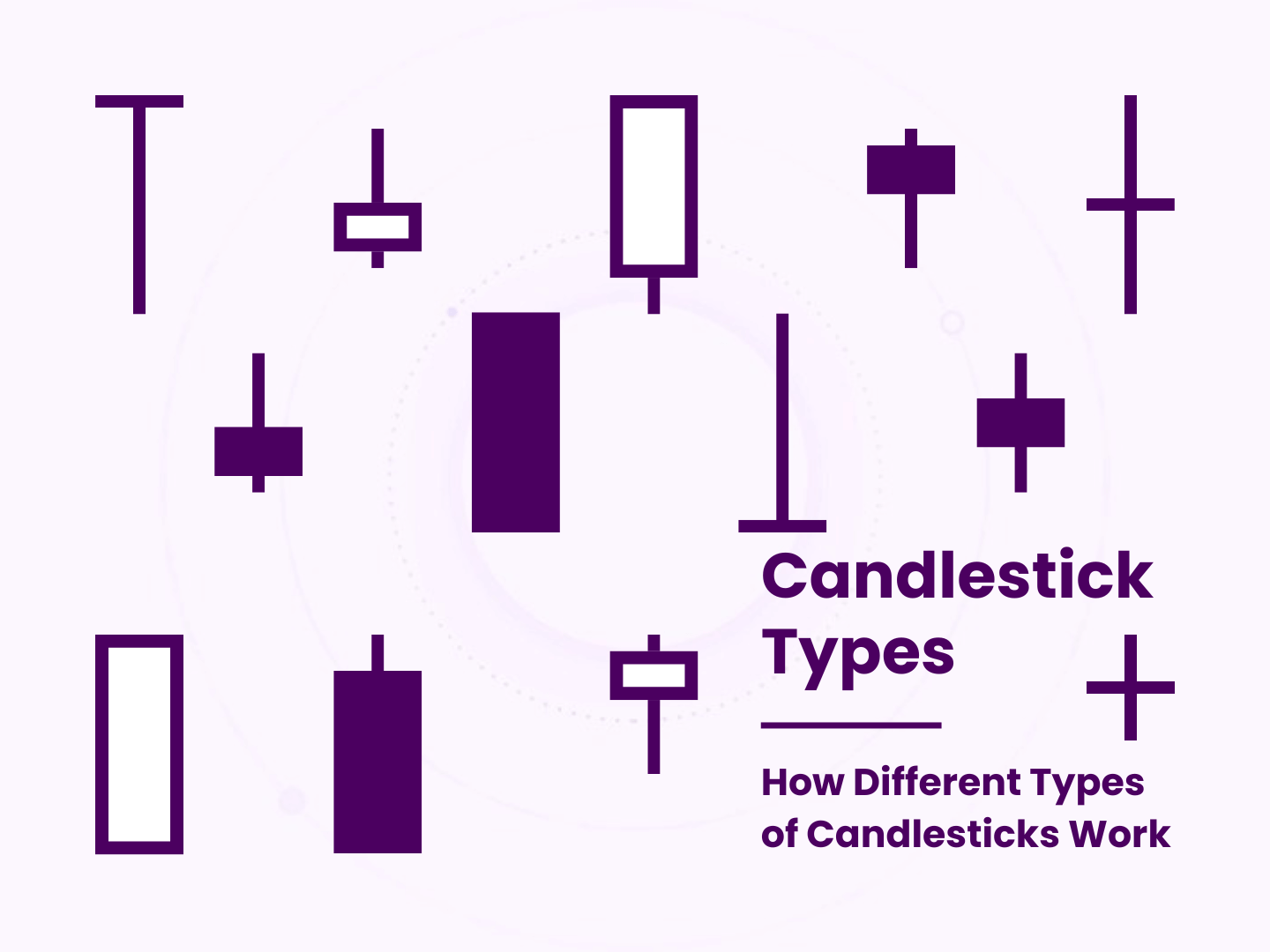
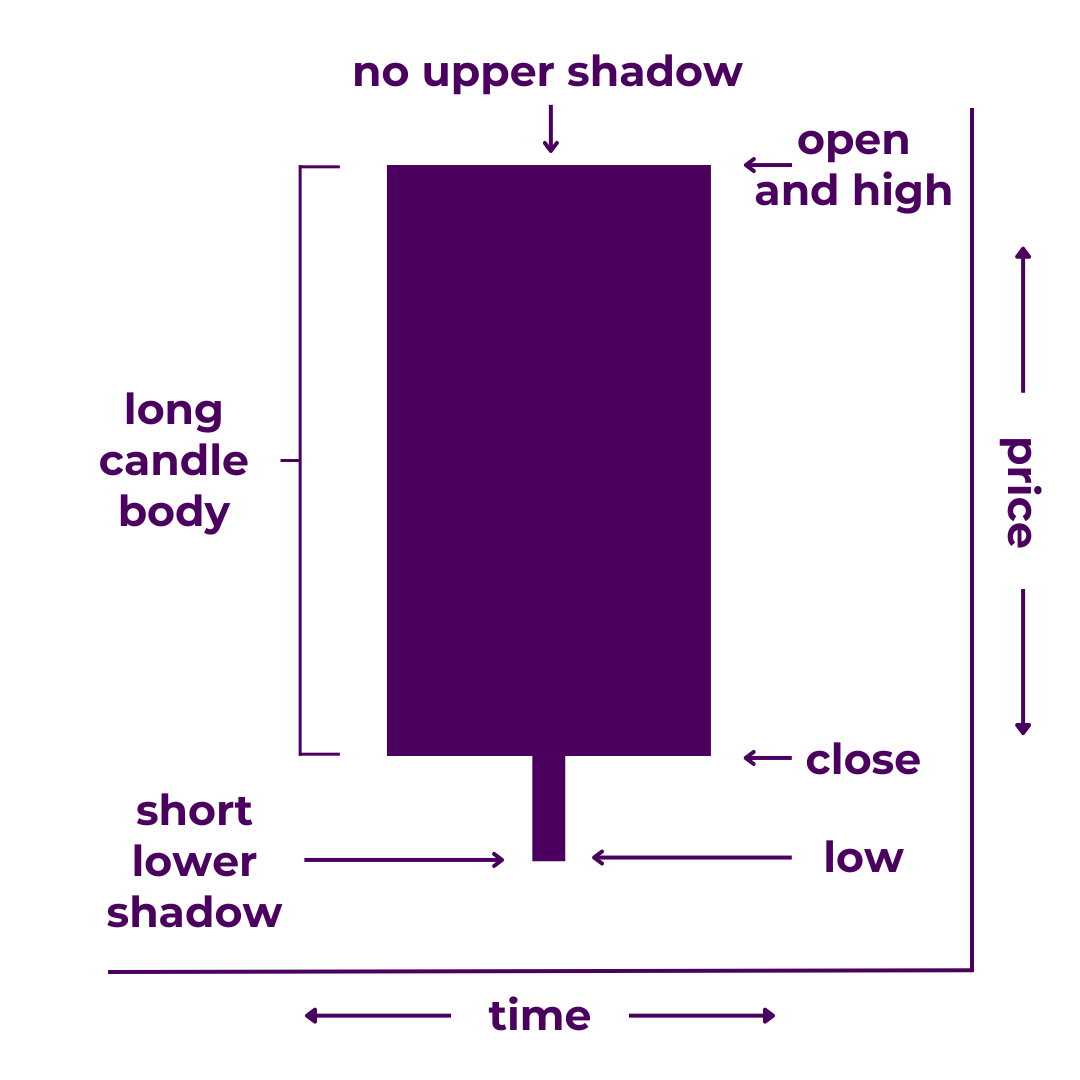
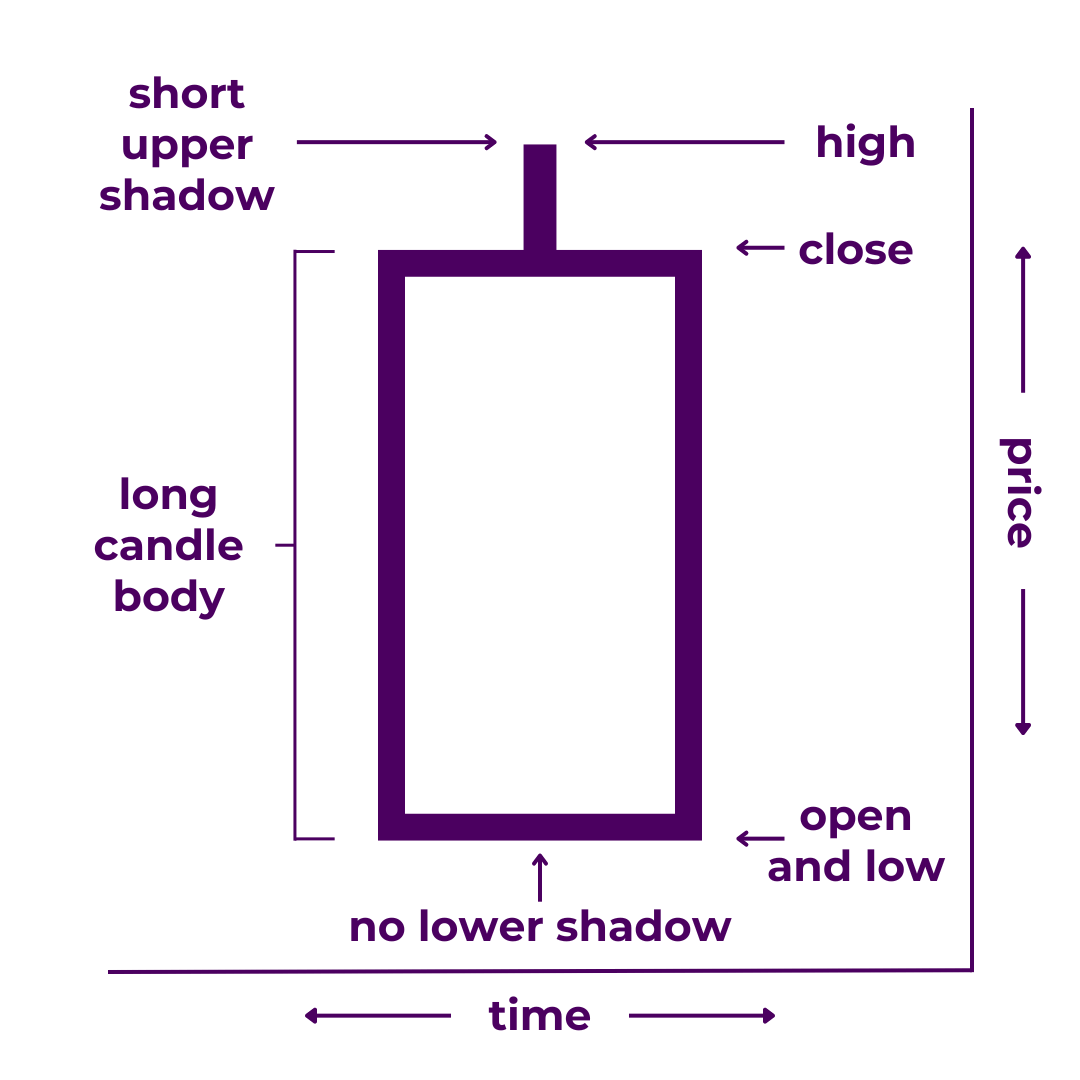
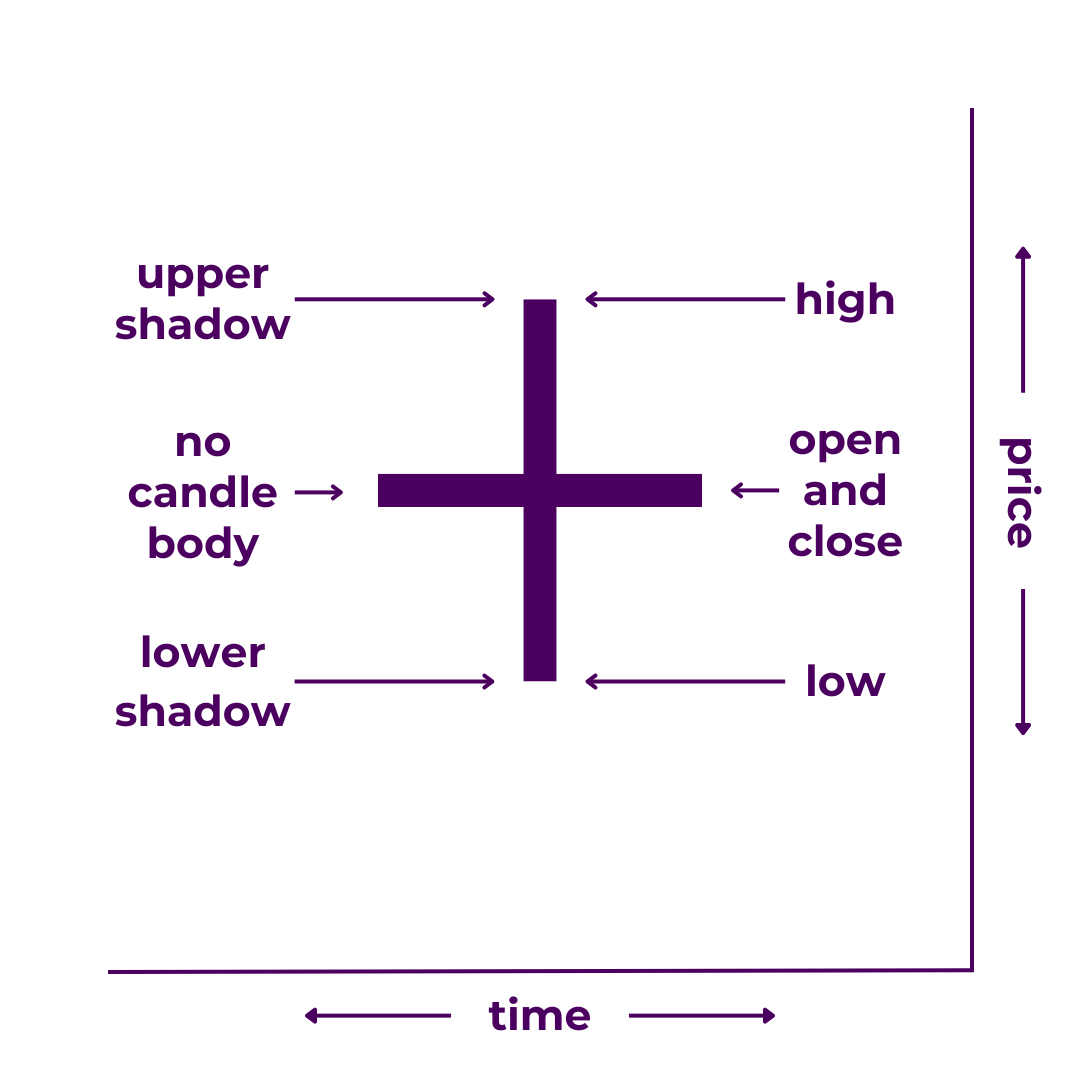
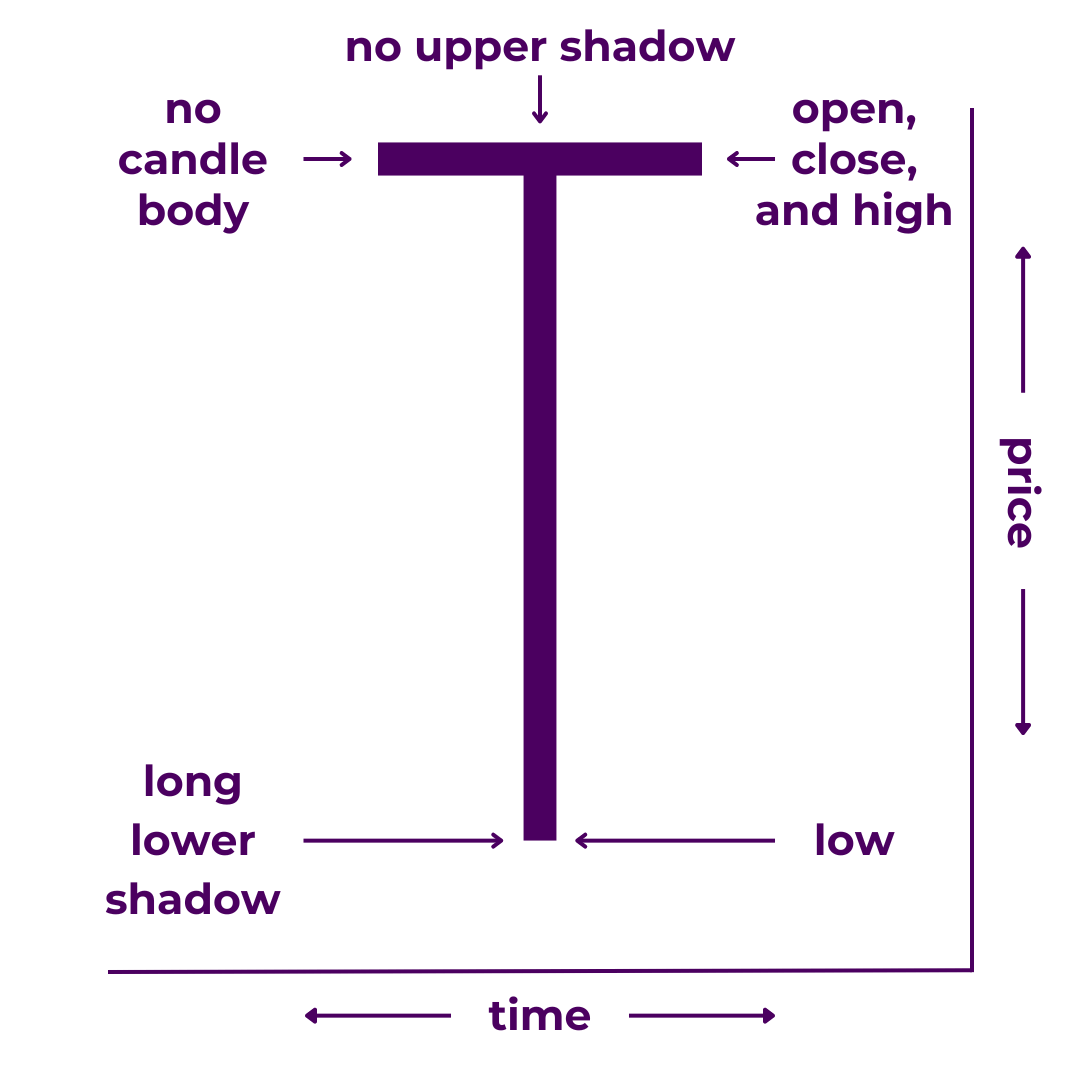
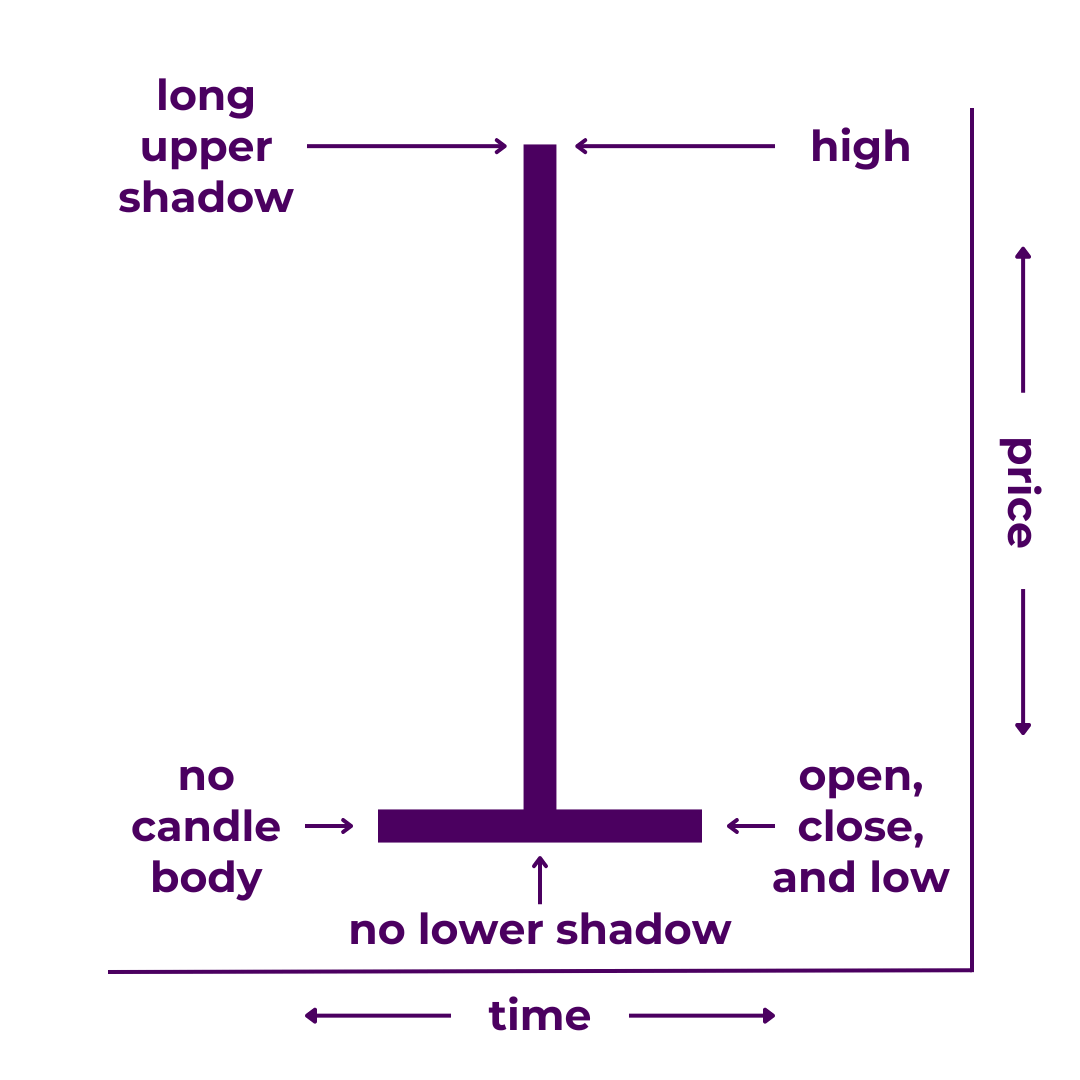

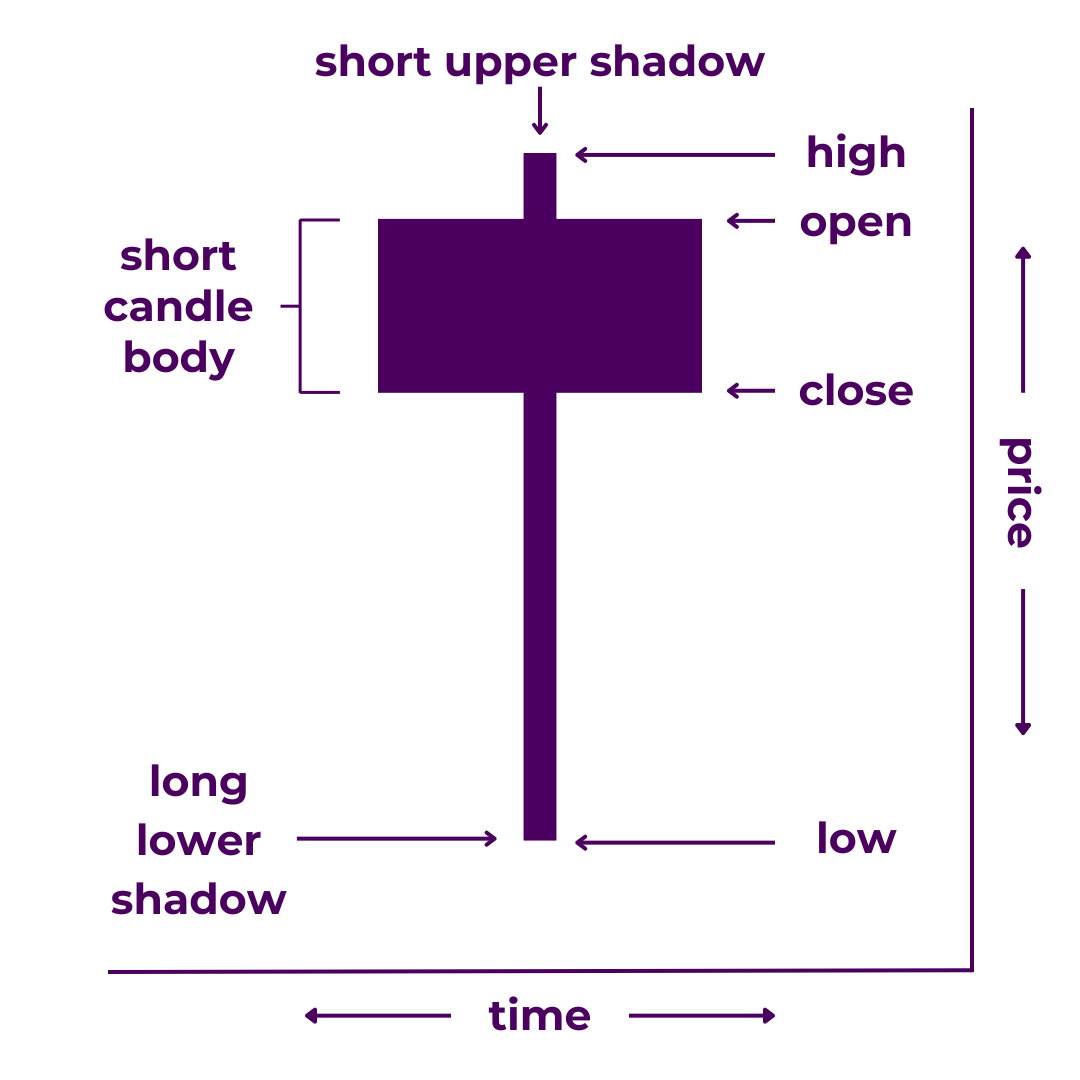
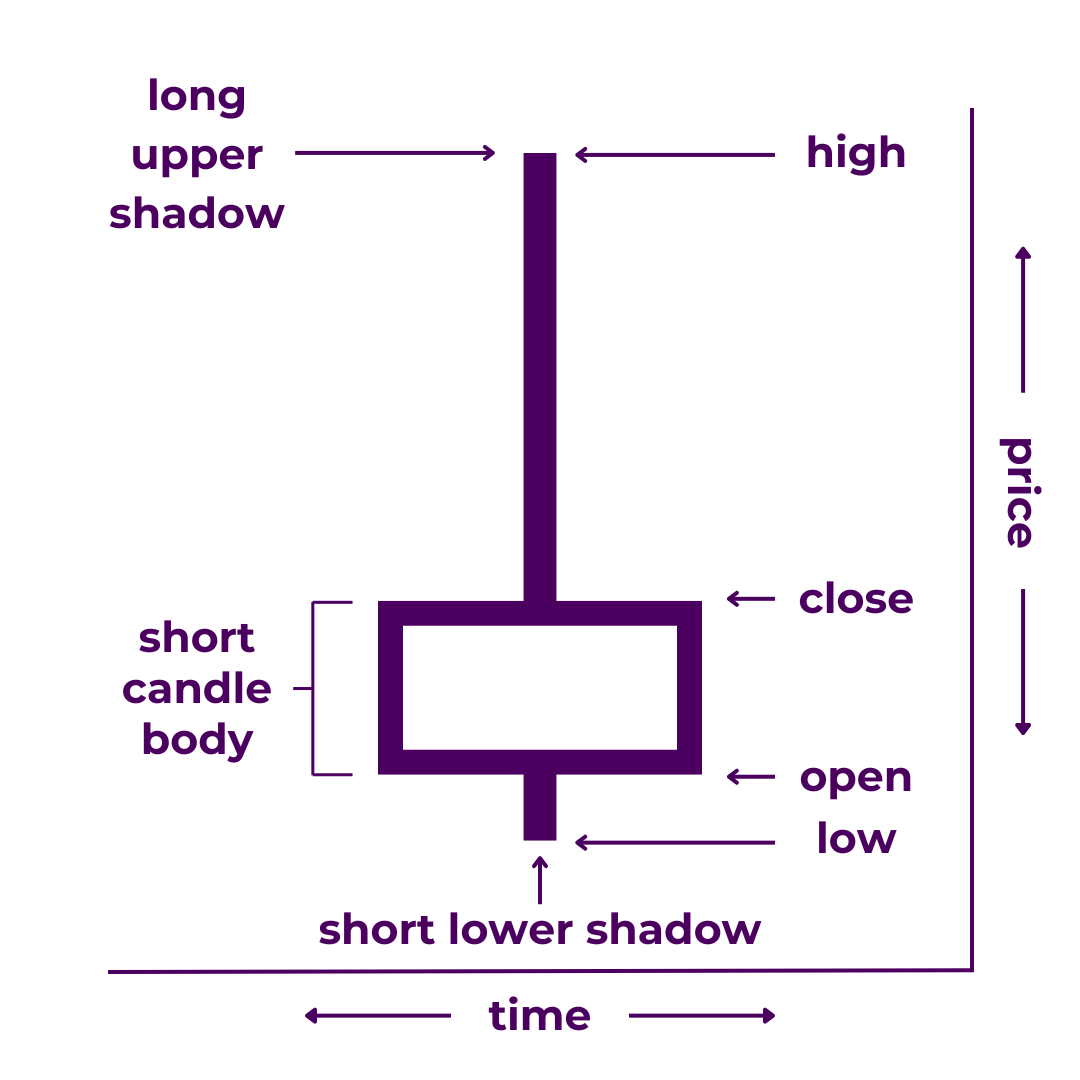

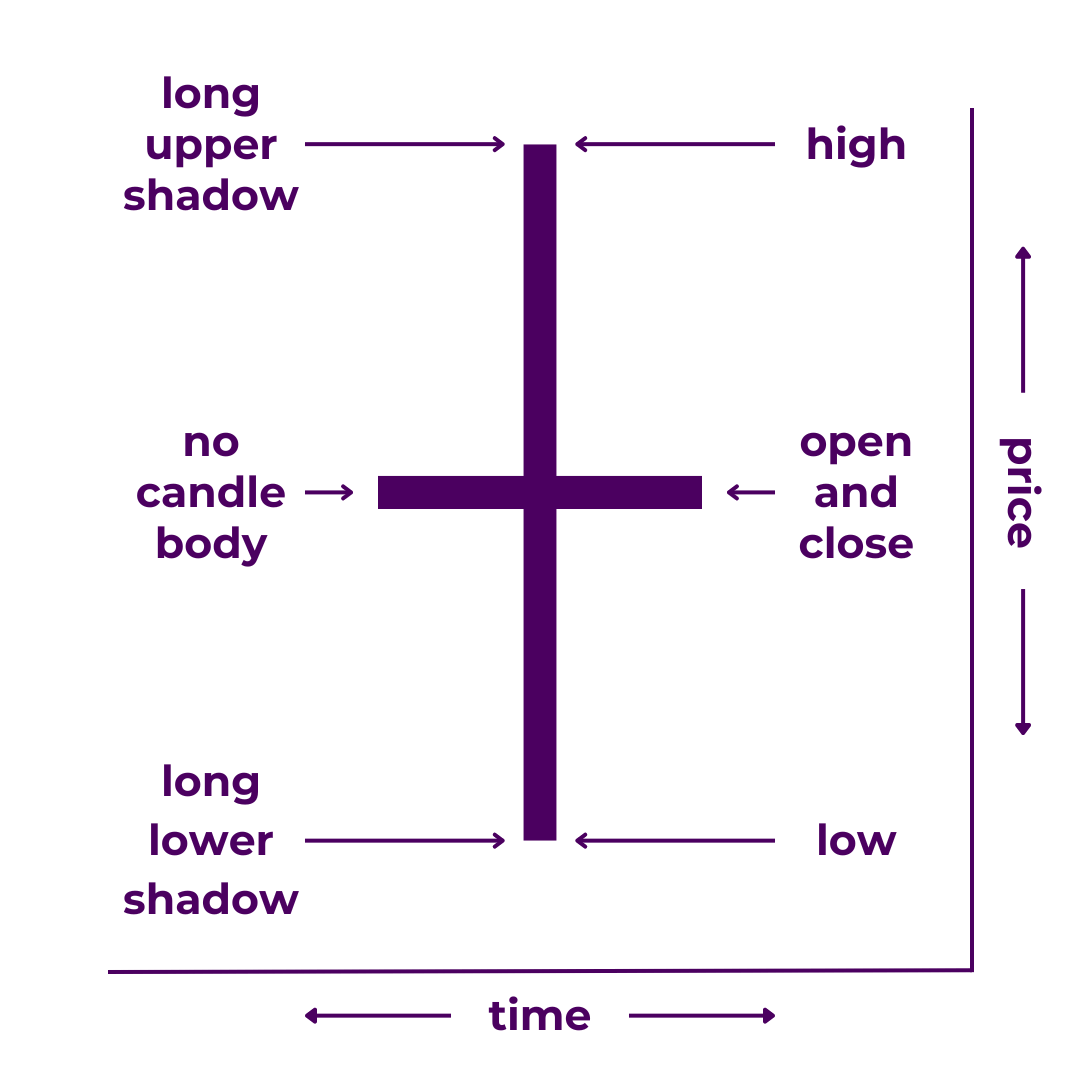
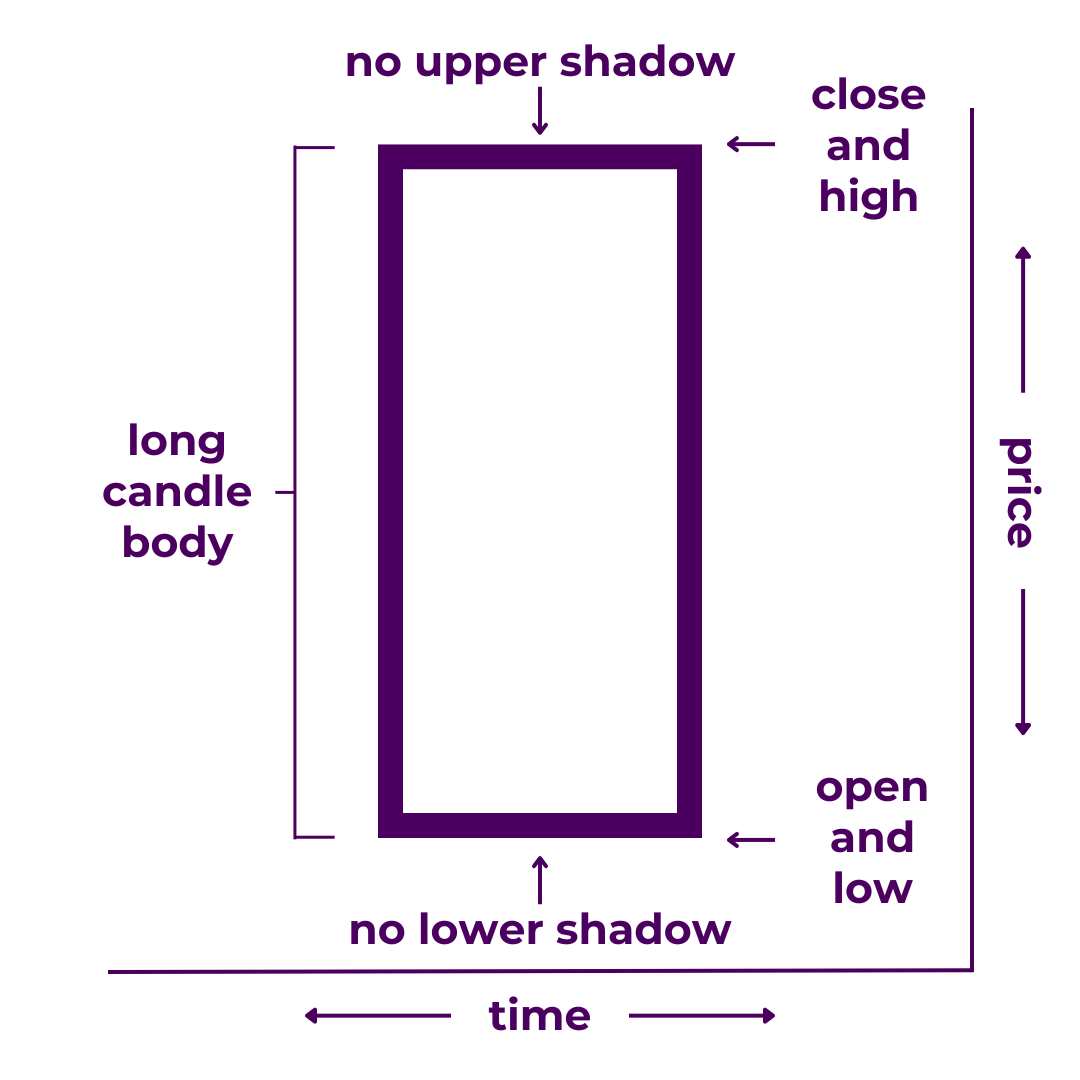
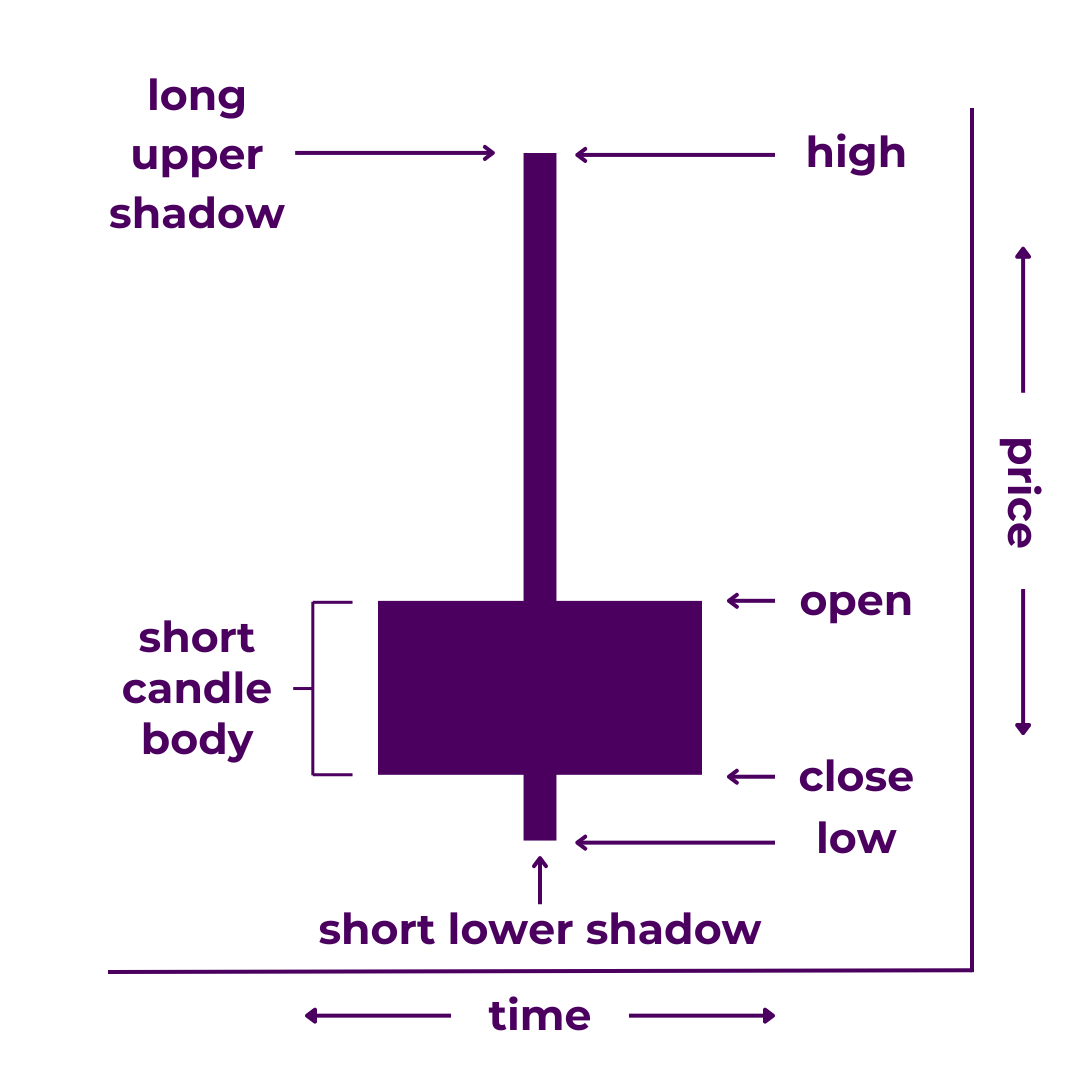
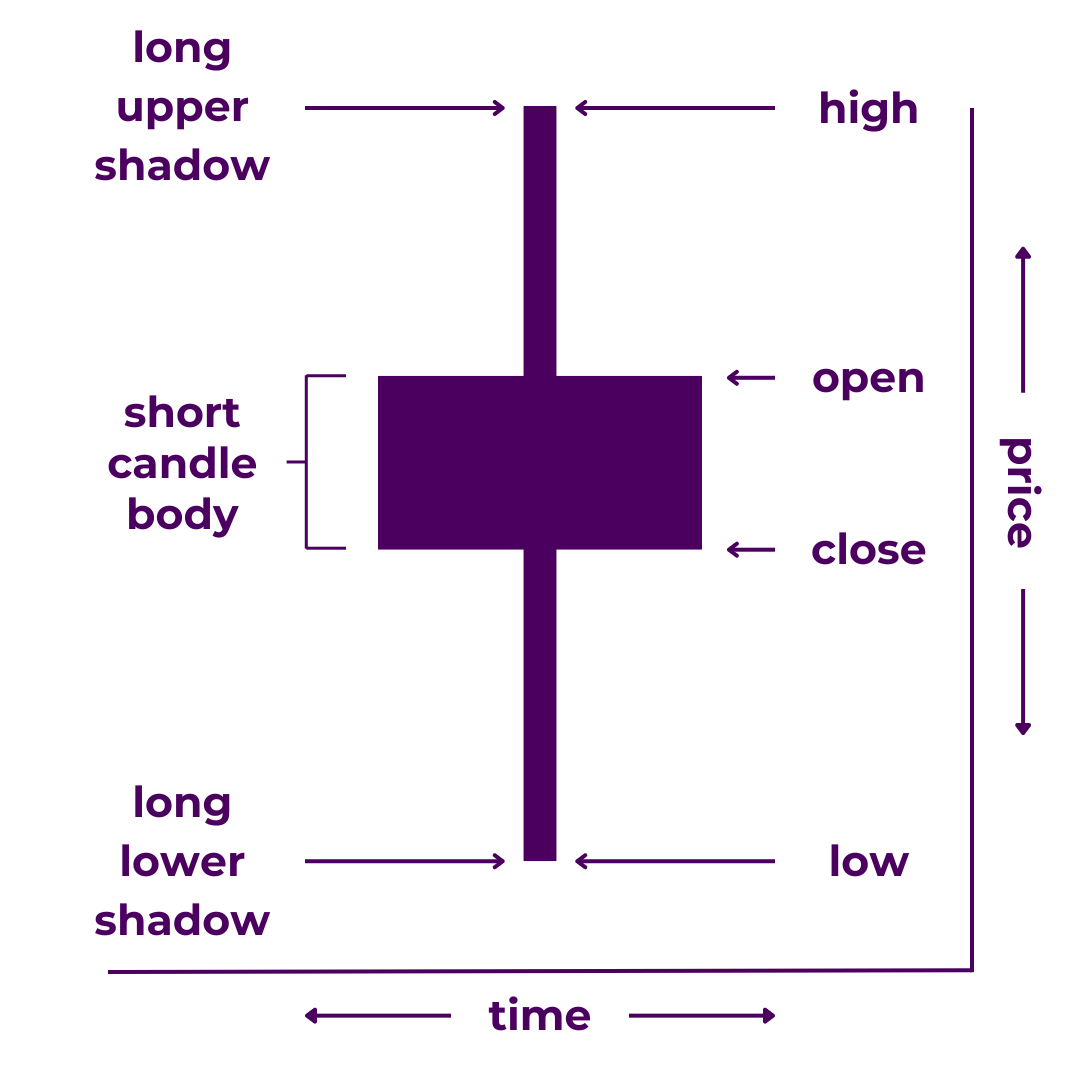
0 Comments